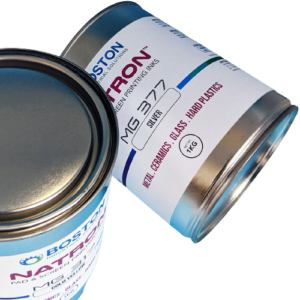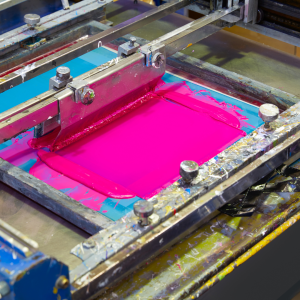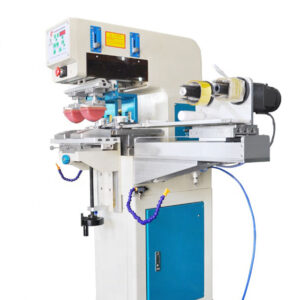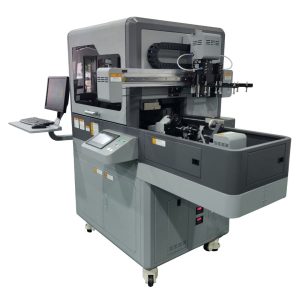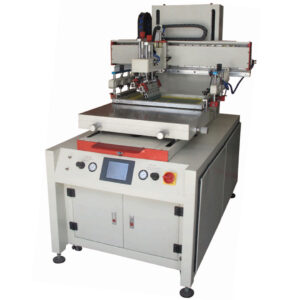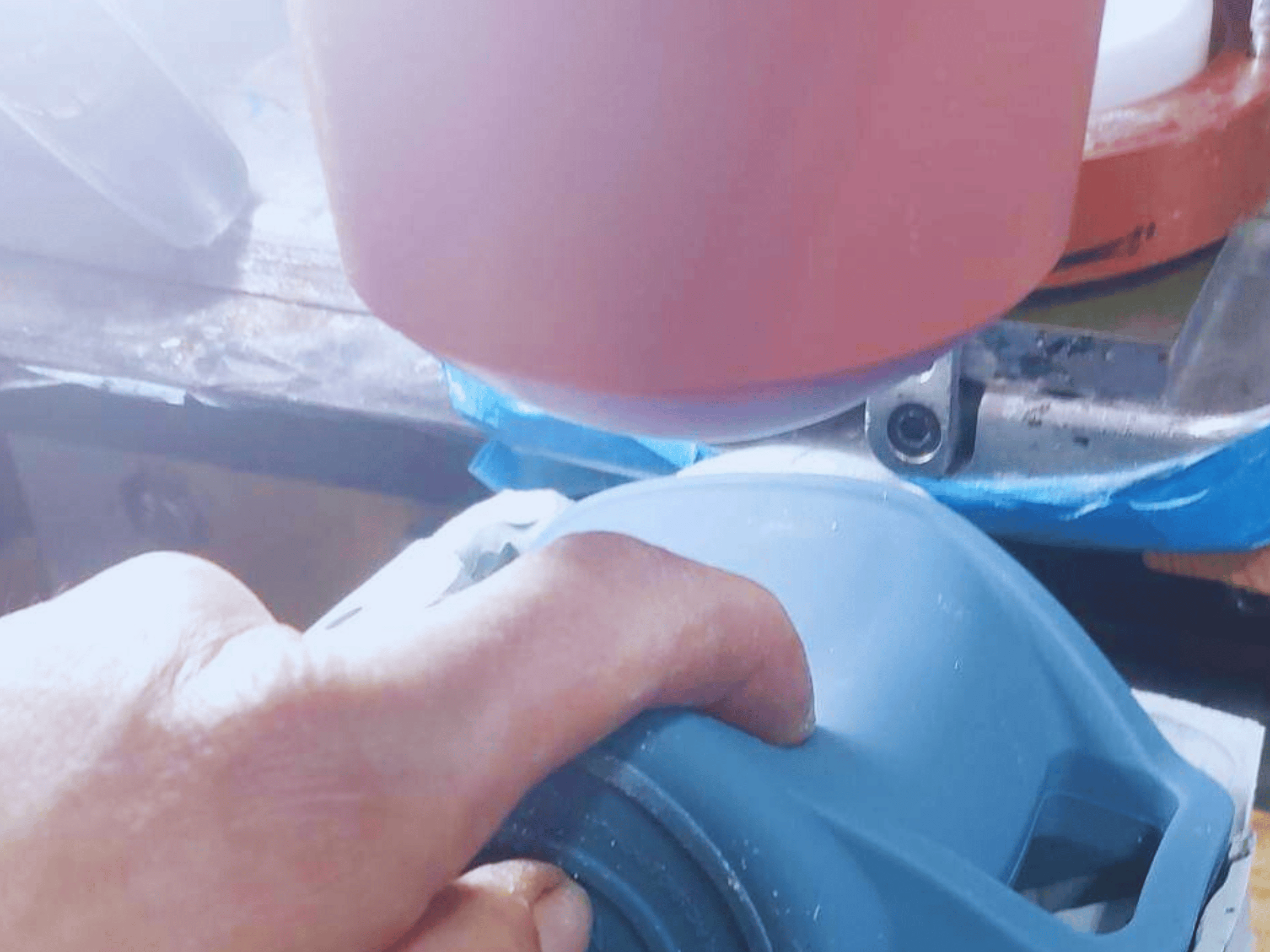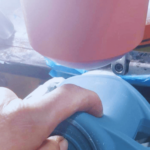Every detail is important! At Boston Industrial Solutions, Inc., we work hard to deliver the finest printing inks and products in the world. These include pad printing inks, equipment, supplies, silicone additives, and solutions for many industries worldwide. Examples of the markets that we serve include medical, apparel, injection molding, aviation, automotive, tool manufacturing, inkjet printing, and promotional products. Our success comes from our relentless obsession with detail and continuous improvement. We make every product with the goal of making it easy to use and work with. Our customers can attest to our claim. We not only make great printing inks, but we strive to continuously educate them about our inks and other products. In this article pad printing ink overview, let us discuss pad printing inks, components, and more.
High-quality products
Users of our silicone ink or silicone products know that having high-quality products makes all the difference when printing. How the ink behaves, the opacity, the ink-catalyst mixture working time, etc. are some of the factors that play a big role in delivering an incredible print. The same applies to our tagless pad printing machines and ink. Using the best products ensures that contract printers deliver the best products to end customers. Products that last a long time.
Why should you pad print? Why should you use Natron® inks? We will discuss it all. Additionally, we will discuss how pad printing will make a difference when using our inks.
To complement our inks, we also offer ink services such as color matching, ink adhesion testing, and pad printing training. We offer these services to make it easy for our customers to use our inks, auxiliaries, and printing equipment. Lastly, we will discuss compliance, safety, and reliability, which are aspects that we factor into the development of each product. This helps customers feel comfortable knowing that the products they are using are safe and meet all the necessary regulations.
Pad printing
There are many industries that use the pad printing method to mark and decorate products. Example applications include printing on promotional products, automotive, tool manufacturing, medical equipment, toys, apparel, sporting goods, and cosmetic packaging. Industries that have heavily adopted this printing method include T-shirt tagless printing and footwear printing.
In simple terms, the pad printing process uses a silicone print pad to pick up an image etched onto a printing plate (cliche) and transfer it to an object. The ink film transferred onto the object is about 10–15 microns. As a result, the cost per print is very minimal—$0.003/sq inch. At Boston Industrial Solutions, Inc., our Volta pad printer line of equipment consists of 1, 2, 4, and 6 color closed (sealed) cup models. There are various models designed to meet a wide range of customer printing needs. For example, we offer a 90-mm ink cup for standard applications and a 140-mm ink cup machine for larger images. Lastly, we have pad printing equipment for start-ups as well as experienced pad printing experts. All our machines feature easy-to-use ink cups fitted with double-sided ceramic rings, an intuitive touch membrane, and robust compression.
Pad printing Inks are an integral part of the pad printing process. Inks in pad printing bring the image to life. It is for this reason that we have invested heavily in developing cutting-edge inks for pad printing. The Natron pad printing inks feature very high opacity, are non-toxic, durable, and meet all safety regulations needed for their specific target industries, including CPSIA, EN71, RoHS, GOATS, OEKO-TEX, Nike RSL, etc.
Natron® Series pad printing ink overview
- TP Series: This series is a multi-purpose, high-gloss, high-opacity, easy-to-use, non-toxic pad printing ink. This ink adheres to a wide range of materials, including coated metals, plastics, Vynil, wood, varnish-coated materials, leather, paper, and leather-like materials. This ink is widely used in injection molding, pen printing, and the electronic housing industries. Learn more about the TP series.
- EK Series: The EK series features a high gloss and is easy to process pad printing ink for plastic materials. This ink has exceptional abrasion resistance, a sweet smell, and excellent resistance to weather elements. This is an excellent ink for high-speed printing due to its fast-drying characteristics. Use this ink to print on translucent plastics, ice packs, medical containers, and more! Read about the EK Series.
- ST Series: The ST Series is formulated to adhere to apparel, rubber, and soft-touch coatings. It has a very high opacity, a matte finish, and excellent ink for printing on t-shirts, stress balls, sporting goods, and many other flexible items. Learn more about the ST Series ink.
- MG Series: This is one of the most versatile printing inks on the market today. This is the perfect ink for printing on glass, ceramics, metals, formica, carbon fiber, and thermosetting plastics. Once cured, this ink has a very high dishwasher, chemical, abrasion, alcohol, etc. resistance. The MG series features a very high gloss, high opacity, and excellent printability. Learn more about the MG Series.
- SE Series: The world’s best ink for pad printing silicone rubber! The Natron SE series features a very high gloss and high opacity, is very flexible, is dishwasher-resistant, and is chemical- and oil-resistant. Additionally, this ink can be screen- or pad-printed. Typical applications include wristbands, silicone hoses, buttons for controllers, silicone swim caps, silicone tumblers, etc. Read more about the SE Series silicone inks and how to print on silicone rubber.
Understanding the Natron ink line label
Boston Industrial Solutions, Inc.’s Volta pad printing machines use the Natron ink line to print on a wide range of products. Each ink line prints on specific substrates and comes in many color variations. For these reasons, we use a simple nomenclature to name each series and color. Let’s discuss the pad printing ink overview nomenclature.
Each pad printing ink line has letters that identify the series. Additionally, these letters are followed by a sequence of numbers, and in certain cases, the numbers are followed by letters, typically “HD”.
The first two or three letters indicate the ink series. The ink series not only tells us the ink series but also shows the ink characteristics and the capability of the ink. For example, the MG Series ink works best on glass, ceramics, metals, and thermosetting substrates. Also, note that this applies to all other ink series.
The three digits that come after the letters stand for colors. Each color has its own unique number. For example, 310 denotes white across all series. The number 352 denotes red, as another example. In certain special cases, we use “HD” to denote high opacity inks. E.g., SE315HD means that this color has a higher opacity compared to the standard yellow.
Printing ink additives and auxiliaries
To successfully print, Pad printing inks require additives and auxiliaries. These auxiliaries support all aspects of printing, including pre-press and post-press operations. These auxiliaries include solvents (thinners), hardeners (catalysts or cross-linkers), and primers (surface pre-treatments).
Hardeners: We have several hardeners for our ink series. The most common hardeners are i-267x and i-300x. The i-267x works best with the MG series inks, while the i-300X works with all other printing inks. Additionally, we have the LG catalyst for silicone inks for rubber. The DC ink series used DC catalysts. Apparel screen printing with HD inks for silicone uses the SXT catalyst. All these catalysts and hardeners increase the ink’s adhesion, chemical, weather, and abrasion resistance.
Solvents: We offer different printing ink solvents for our printing ink lines. Some of the solvents work across several ink lines, while others are specific to an ink line. Solvents help control the ink’s viscosity, help with adhesion, and fine-tune the ink to any printing situation. Note that different solvents have different evaporation speeds. The ink, printing environment, and desired printing speed are factors to consider when choosing the solvent. Like the hardeners, use weight to measure the required amount of solvent.
Commons solvents:
- Type TRM thinner for silicone inks
- Type TMG for the MG Series ink.
- Type TMF for the TP Series ink.
- Type TEB for NxT series ink.
Click here to learn more about all the printing ink solvents that we offer.
Primers: These are for surface pre-treatment. Ink adhesion promoters (primers) help to increase the surface energy of the substrate. Make and offer printing primers and silicone bonding primers. Both play the same role of helping ink, silicone, or adhesives bond on hard-to-print substrates. Hard-to-print substrates with solvent-based inks include polypropylene. Learn more about PP Primer for plastics.
Custom color matching ink services
Boston Industrial Solutions, Inc.’s easy-to-use and competitively priced inks help you increase productivity. To produce new colors, simply mix any two or more colors within each ink line. The intermixability of ink colors to produce any color at any time gives you the ability to produce any color at any time. Each ink line has about 12 to 14 colors that enable users to make their desired colors on demand. These colors follow the Pantone Matching System (PMS) and RAL. Additionally, the color matching formulas allow you to color match pad printing and screen printing inks. To create a new color, identify the color and reference it in our Boston color matching system (BCMS).
Ink services: Adhesion testing
In addition to the best-in-class printing inks, we also offer complimentary in-house ink adhesion testing. We offer this service to help customers find the best ink to meet their printing needs. We offer this service across all our pad, screen, inkjet, silicone, and industrial coatings. Our chemists use state-of-the-art equipment to test and determine the best ink for your application. In addition to free ink adhesion testing, we offer custom ink formulations for hard-to-print substrates. We know chemistry!
Compliance
Ink this pad printing ink overview, lets discuss compliance. At Boston Industrial Solutions, Inc., we take safety and compliance very seriously. All of our printing inks are not only safe and made with non-toxic materials, but they also undergo rigorous testing to make sure that they meet and exceed industry standards. Additionally, we use independent labs to verify our claims and certify our inks. According to CPSIA requirements, none of our ink lines contain heavy metals, phthalates, carcinogenic substances, or dangerous substances. The SE-F, MG, and EK are medical class VI certified. Additionally, these inks do not cause skin irritation. Our products are not only safe for printing on toys and food packaging, but they are also safe for the environment.
Conclusion
We have covered a lot in this overview of our inks, touching on additives, compliance, equipment, and processes associated with pad printing inks. We hope that this printing ink overview will help you address and solve your printing needs when dealing with Natron inks.
Want to Learn More about pad printing? Check out our Guide to Pad Printing Machines
In addition to our inks for printing on promotional, industrial, and medical materials, we also offer inks for apparel. Learn more printed garment tags and subscribe to our YouTube channel for the latest printing news and updates.


